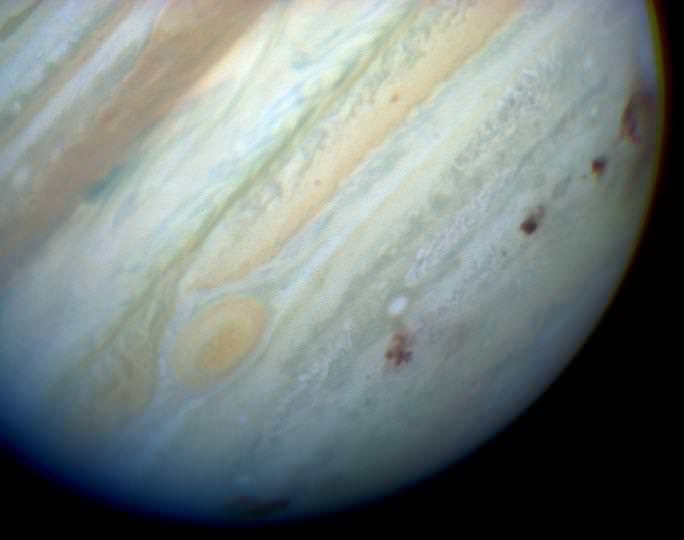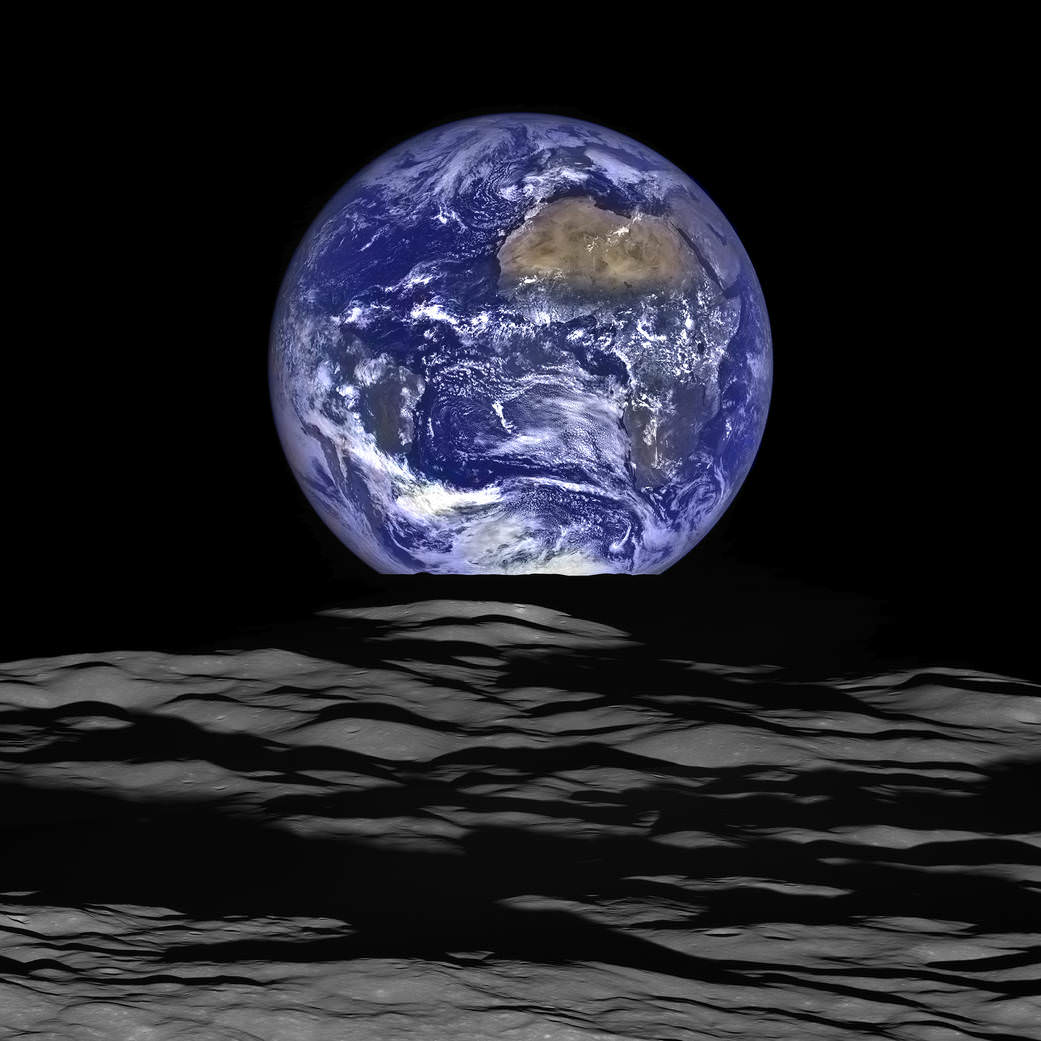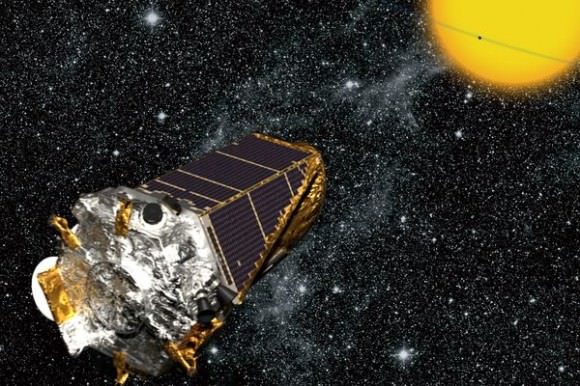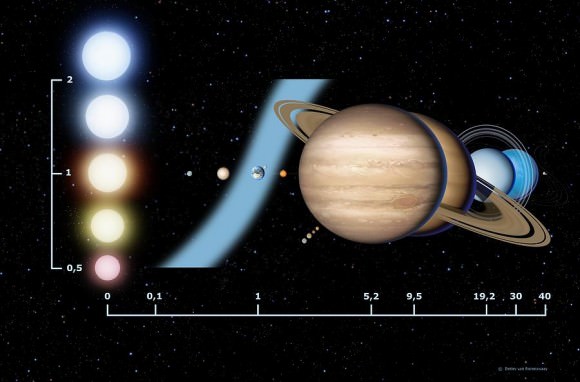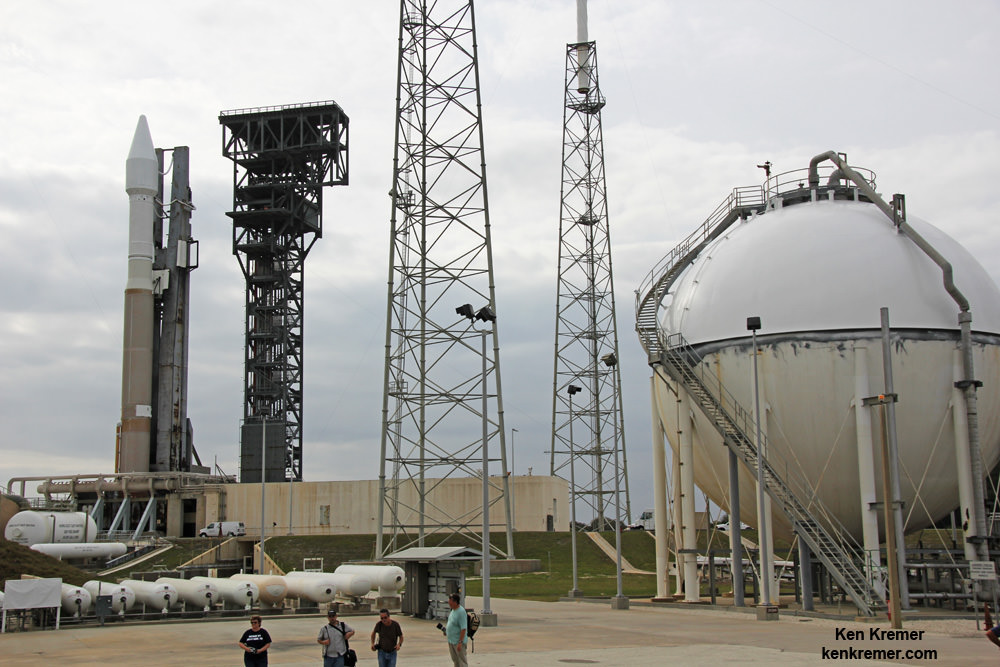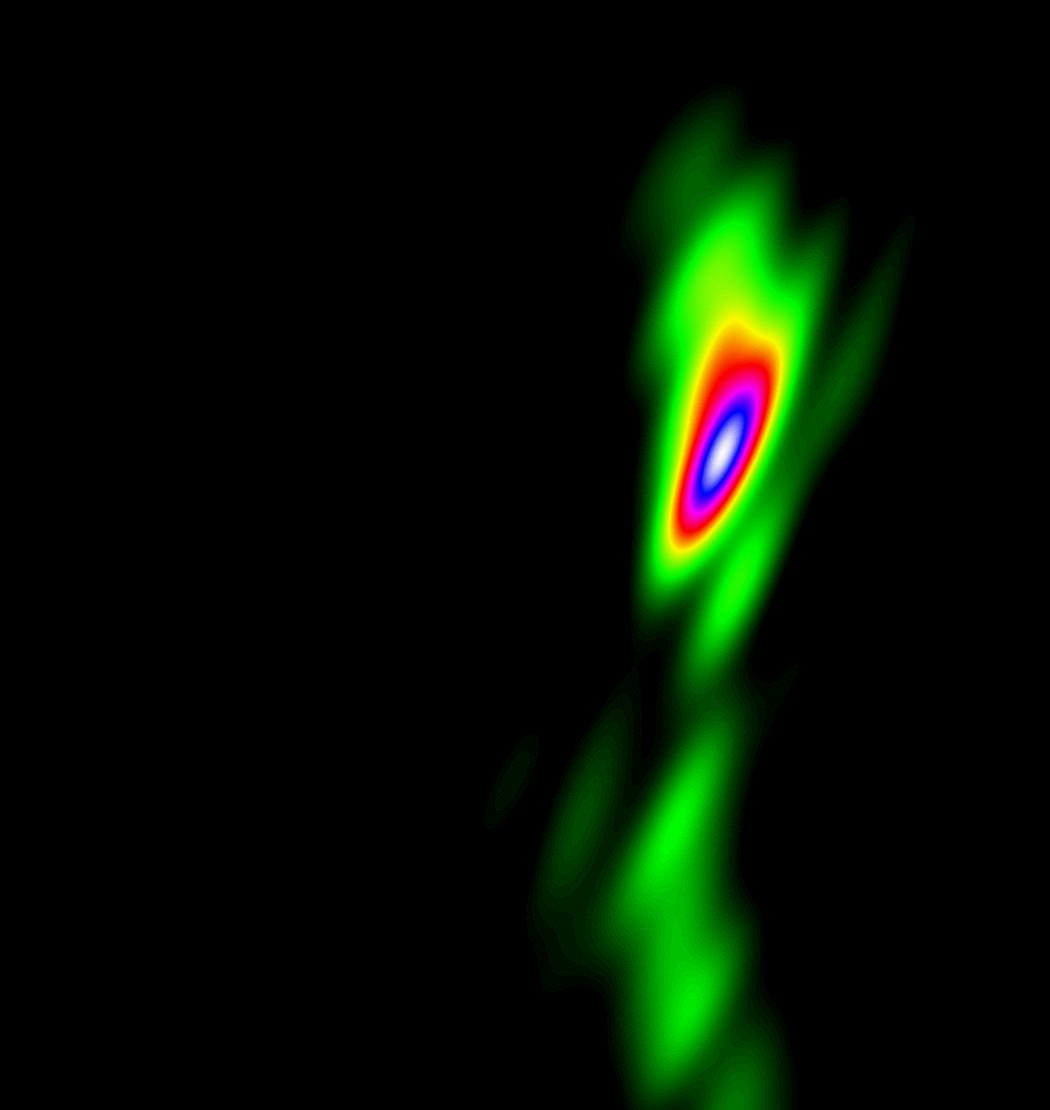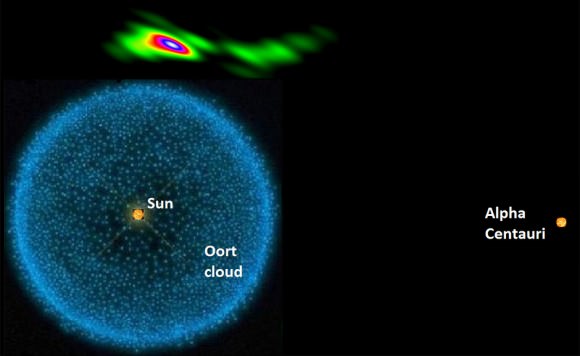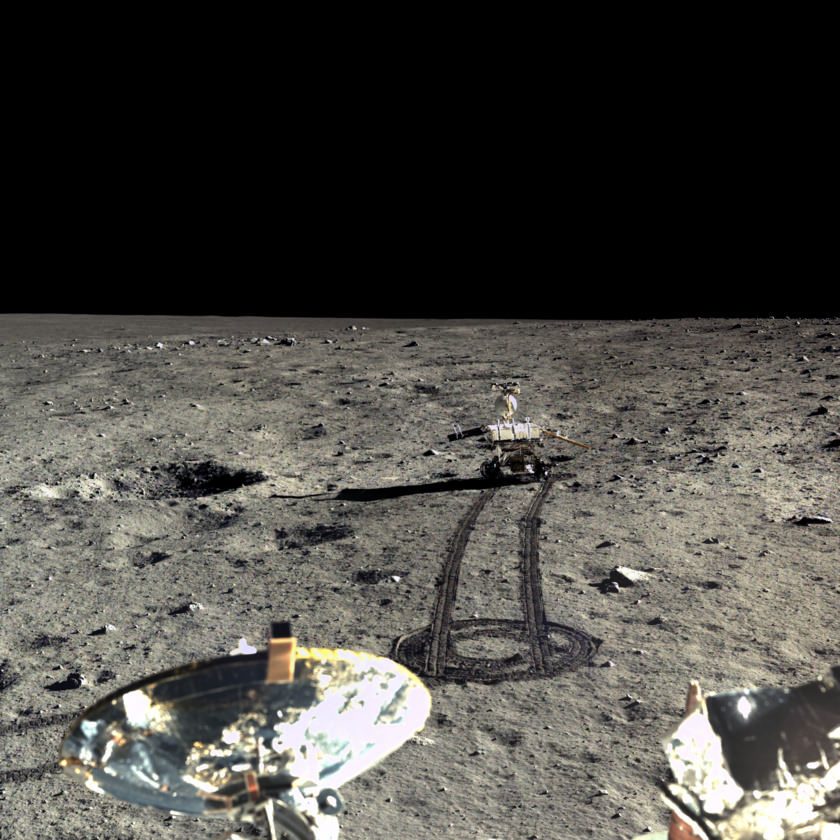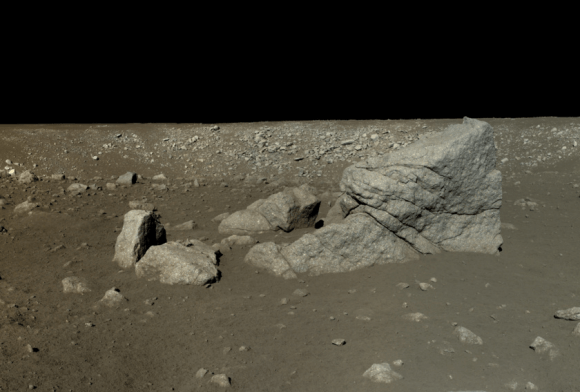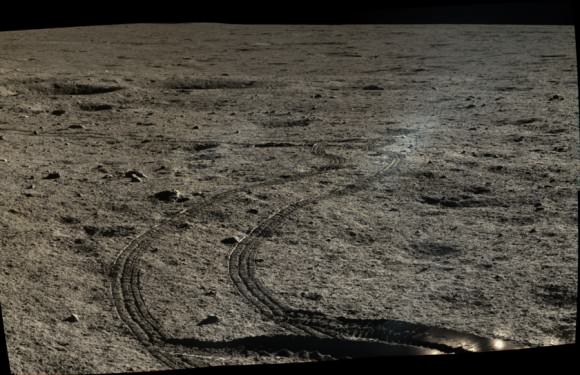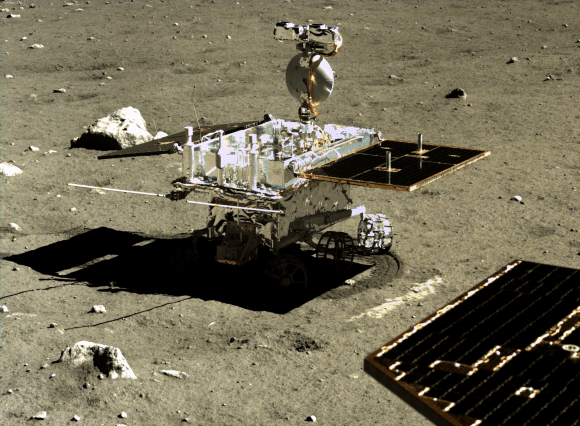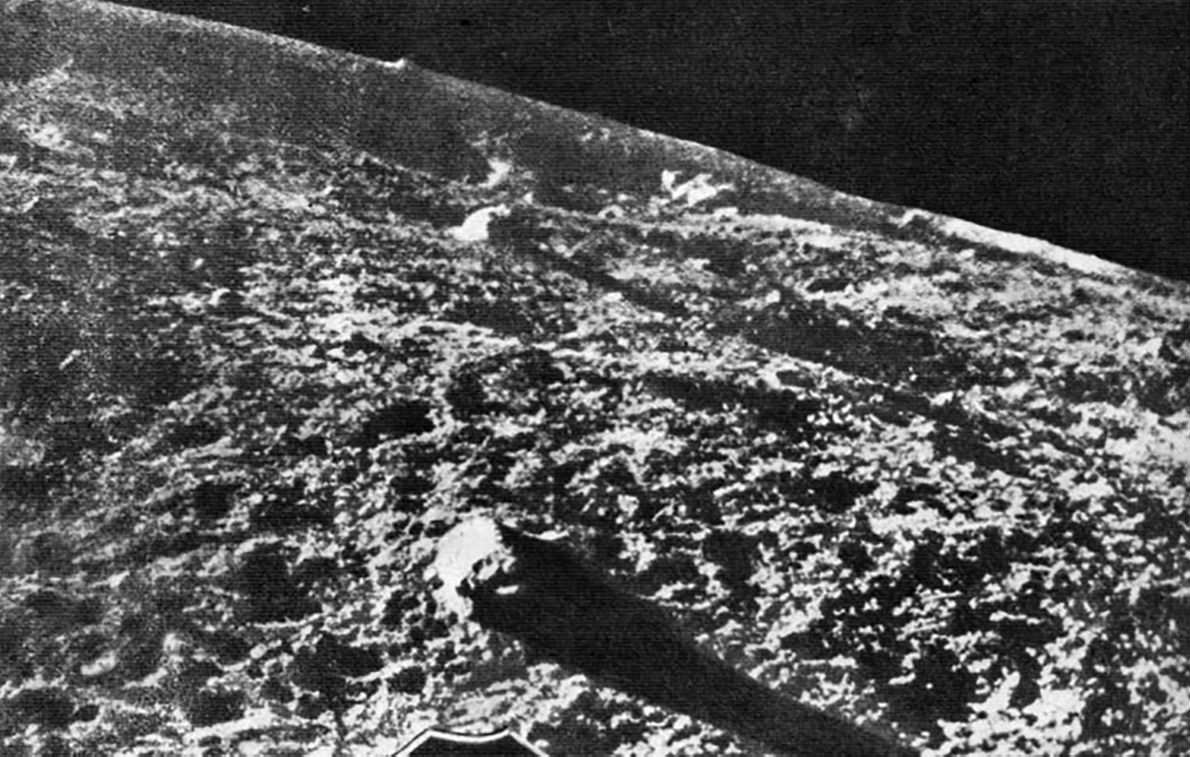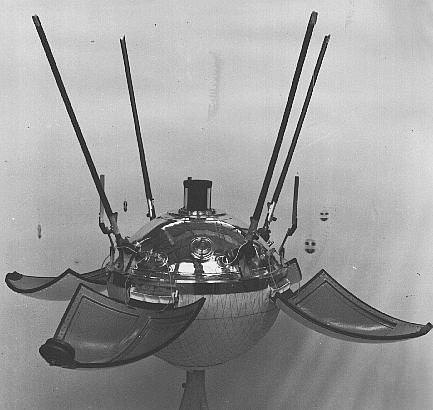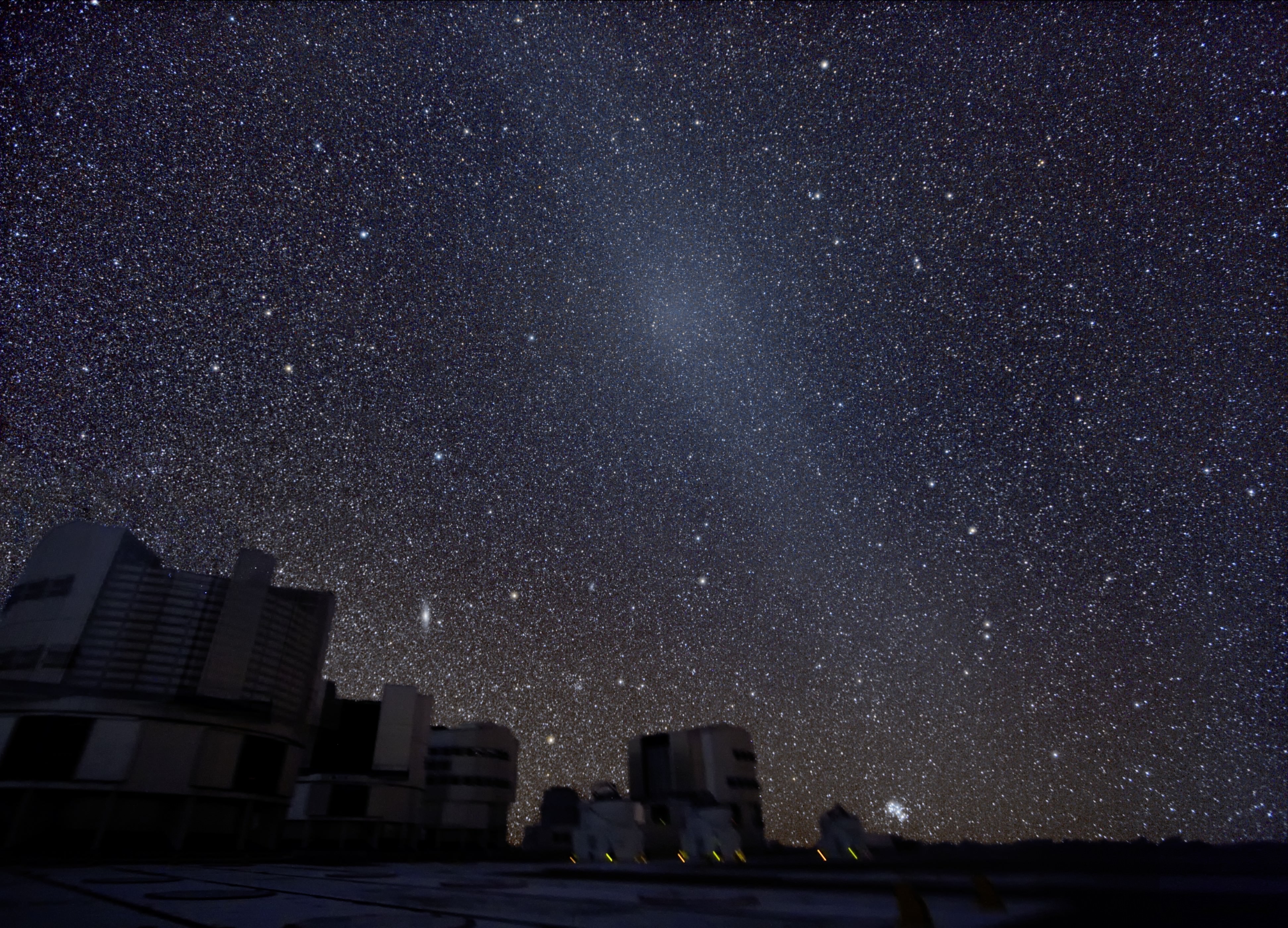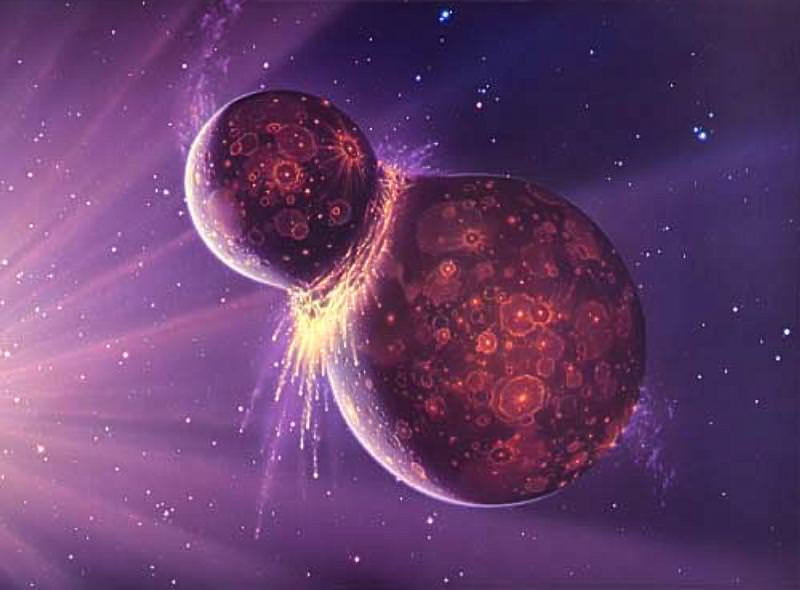I’ve always liked the idea that Jupiter has acted like a protector to its little brother, Earth. That it has used its massive gravitational pull to divert asteroids and comets from a collision course with Earth. Maybe Jupiter even felt bad when one got through, and doomed the dinosaurs to extinction. But a new study has cast this idea into doubt.
The idea of Jupiter as a protector has been around for a while. The images of comet Shoemaker-Levy 9 breaking apart and crashing into Jupiter in 1994 reinforced the idea. But according to Kevin Grazier, at the Jet Propulstion Laboratory (JPL), rather than acting solely as a shield, re-directing comets and other objects away from the inner solar system, Jupiter may have actually directed planetesimals into the inner solar system.
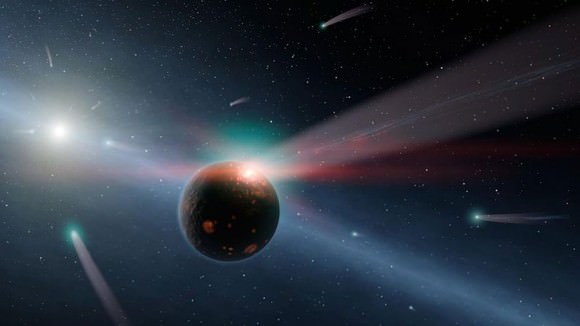
In the early days of the Solar System, there was much more debris around than there is now. The early days would have been a race between planetesimals to gather enough mass to form the planets we see today. After planets were formed, there would still have been plenty of planetesimals left. This new study shows that, rather than clearing the inner solar system from all this debris that could collide with Earth, Jupiter nudged many of these planetesimals towards Earth, helping to create Earth as we know it.
As reported in January 2016 in Astrobiology, Glazier created a simulator of the solar system, and ran 30,000 particles through this simulation. All of the particles began in “non life-threatening” trajectories, but a significant number of them ended the simulation in orbits that crossed the orbit of the Earth.
So not only did Jupiter—and Saturn—re-direct material into the inner Solar System, but the simulation also showed that Jupiter slowed that material to a speed which allowed it to contribute mass to Earth.
But these planetesimals would have contributed more than just mass to Earth. They would have carried volatiles with them. Volatiles are chemical elements and molecules with low boiling points. They are associated with the atmosphere and the crust. These volatiles, which include nitrogen, hydrogen, carbon dioxide, and others, make up a large portion of the Earth’s crust. Without them, Earth would be a very different place. It may never have developed the atmosphere that has allowed life to flourish.
It’s clear that Jupiter has contributed to the evolution of Earth and the Solar System as we know it. As the largest planet by far, its influence is undeniable. As a result of this study, we better understand the dual-role Jupiter has played. While it no doubt has played the role of protector, by changing the direction of some objects on a collision course with Earth, Jupiter’s presence has also been responsible for slowing and diverting planetesimals—and their life-friendly volatiles—directly into Earth.

